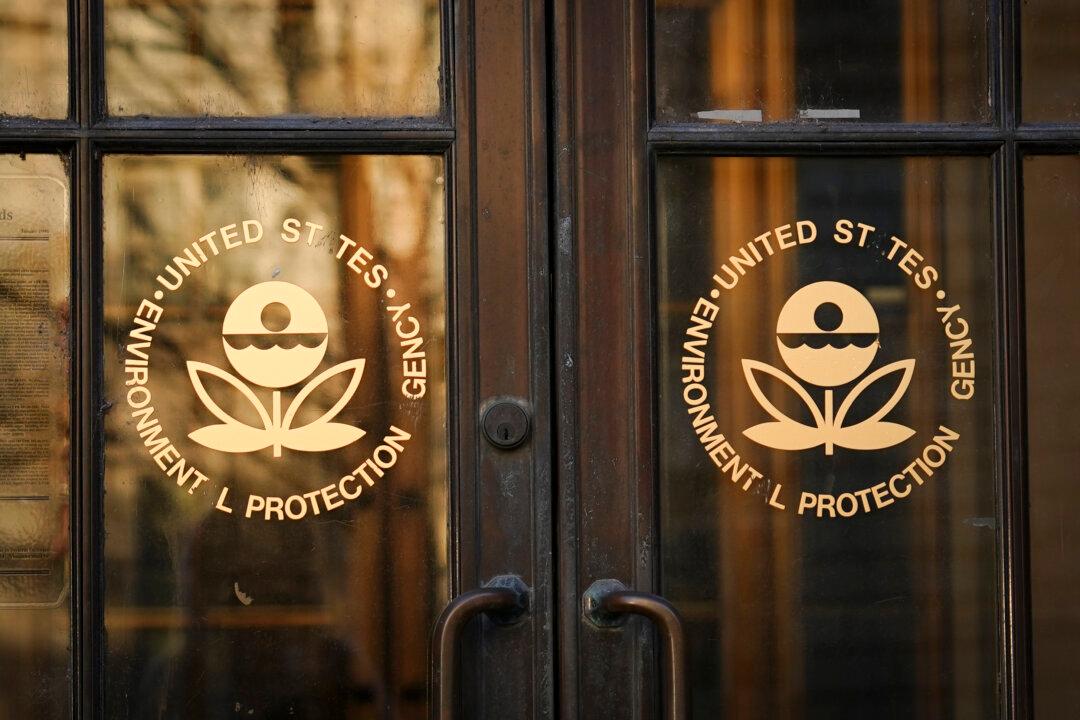Scientists have analyzed Ryugu asteroid samples brought back by Japan’s Hayabusa2 spacecraft and found “a rich complement of organic molecules” that are known to be the building blocks of terrestrial life.
The Ryugu asteroid is approximately 348 million kilometers (about 216 million miles) from earth.
According to the study, around 20,000 elementary compositions—consisting of carbon, hydrogen, nitrogen, oxygen, and sulfur—were found, including 15 kinds of amino acids, which are the essential building blocks of proteins.
“So far, the amino acid results from Ryugu are mostly consistent with what has been seen in certain types of carbon-rich (carbonaceous) meteorites that have been exposed to the most water in space,” said Jason Dworkin, a NASA researcher and co-author of the paper.
The sample also contained organic molecules that develop in the presence of liquid water, including aliphatic amines, carboxylic acids, polycyclic aromatic hydrocarbons, and nitrogen-containing heterocyclic compounds.
The researchers found soluble organic molecules were still intact even though the samples had been exposed to the hard vacuum of space, energetic particle irradiation, heating by sunlight, and micrometeoroid impacts.
Hiroshi Naraoka, a researcher from Kyushu University and the paper’s lead author, said the presence of prebiotic molecules on the asteroid’s surface suggests that the uppermost surface grains of Ryugu have the potential to protect organic molecules.
“These molecules can be transported throughout the solar system, potentially dispersing as interplanetary dust particles after being ejected from the uppermost layer of the asteroid by impacts or other causes,” Naraoka said.
According to NASA, organic molecules can also be created through chemical reactions that don’t involve life, supporting the idea that chemical reactions in asteroids can make some of life’s ingredients.
NASA stated that the samples were collected by the Hayabusa2 spacecraft on Feb. 22, 2019, and delivered to the U.S.-based space agency on Dec. 6, 2020. The samples were extracted in Japan in July 2021, and 30 milligrams were allocated for analysis.
Daniel Glavin, a NASA researcher and the paper’s co-author, said they have yet to find sugars and nucleobases—which were discovered in some carbon-rich meteorites—in samples retrieved from the Ryugu asteroid.
The research findings represent the first organic analysis of the Ryugu sample, according to NASA, and the samples will be studied for years.
“We will do a direct comparison of the samples from Ryugu and the samples from asteroid Bennu when NASA’s OSIRIS-Rex mission returns it to Earth in 2023,” Dworkin said.





